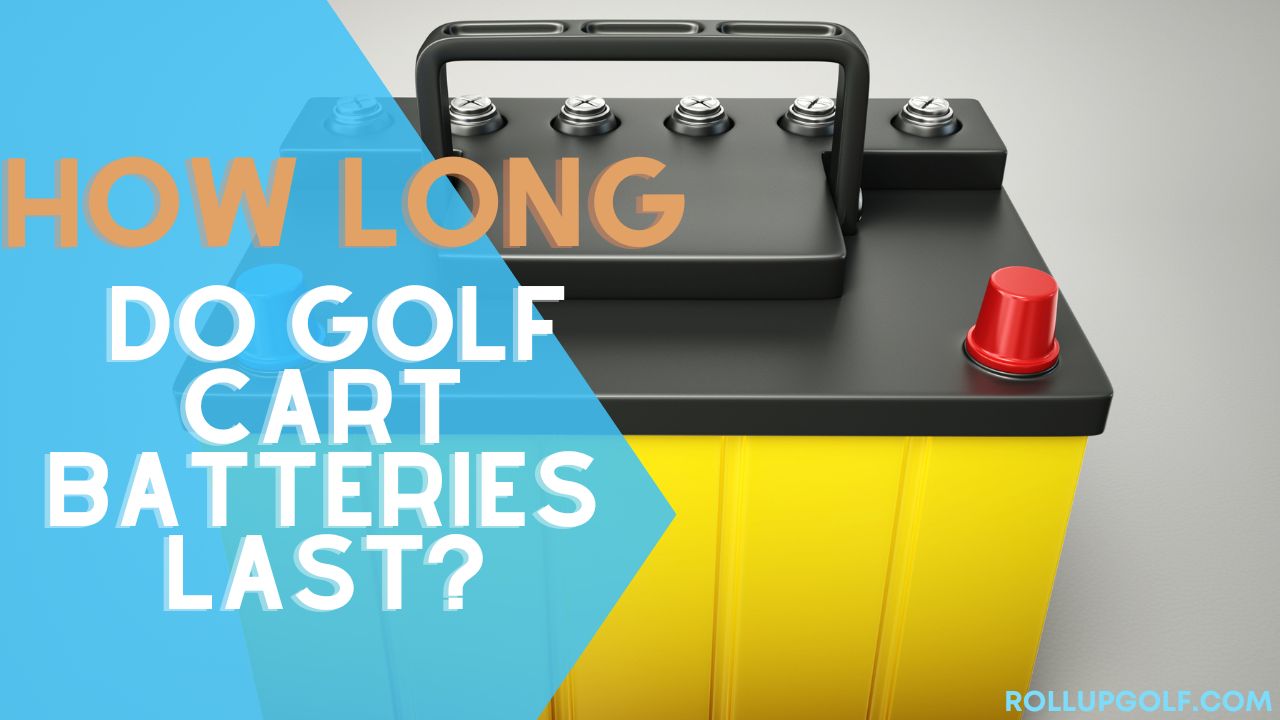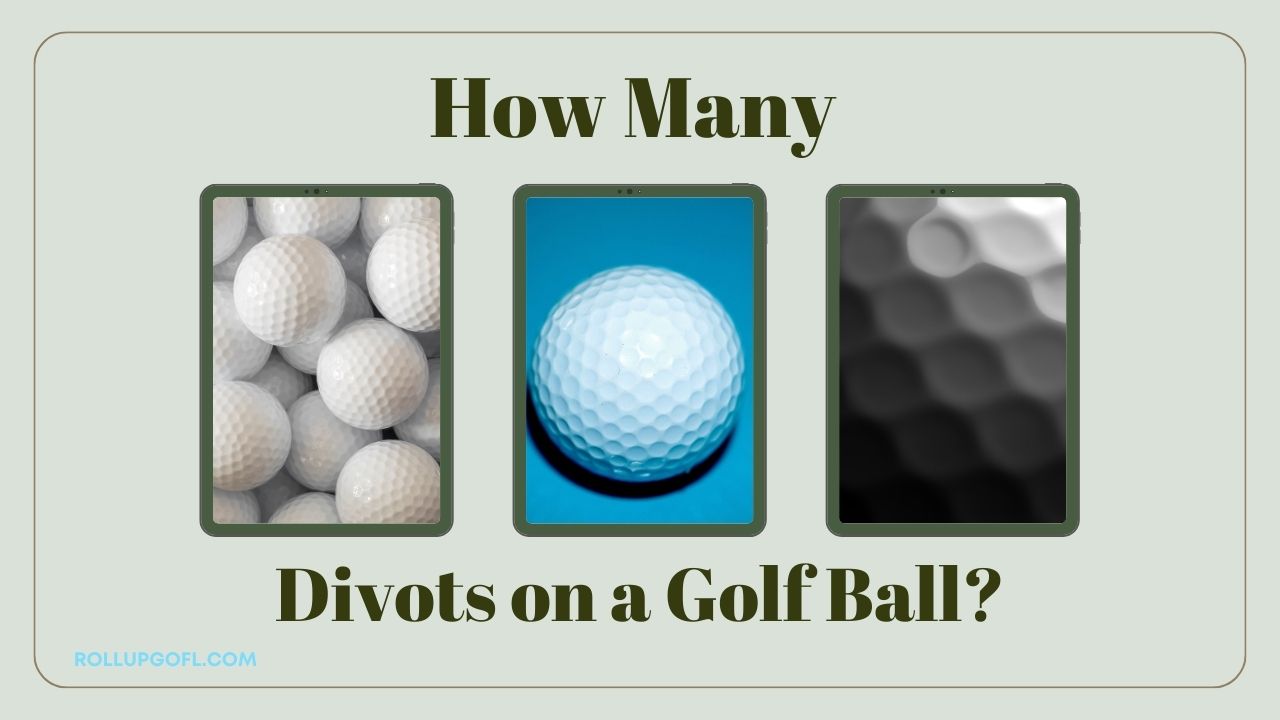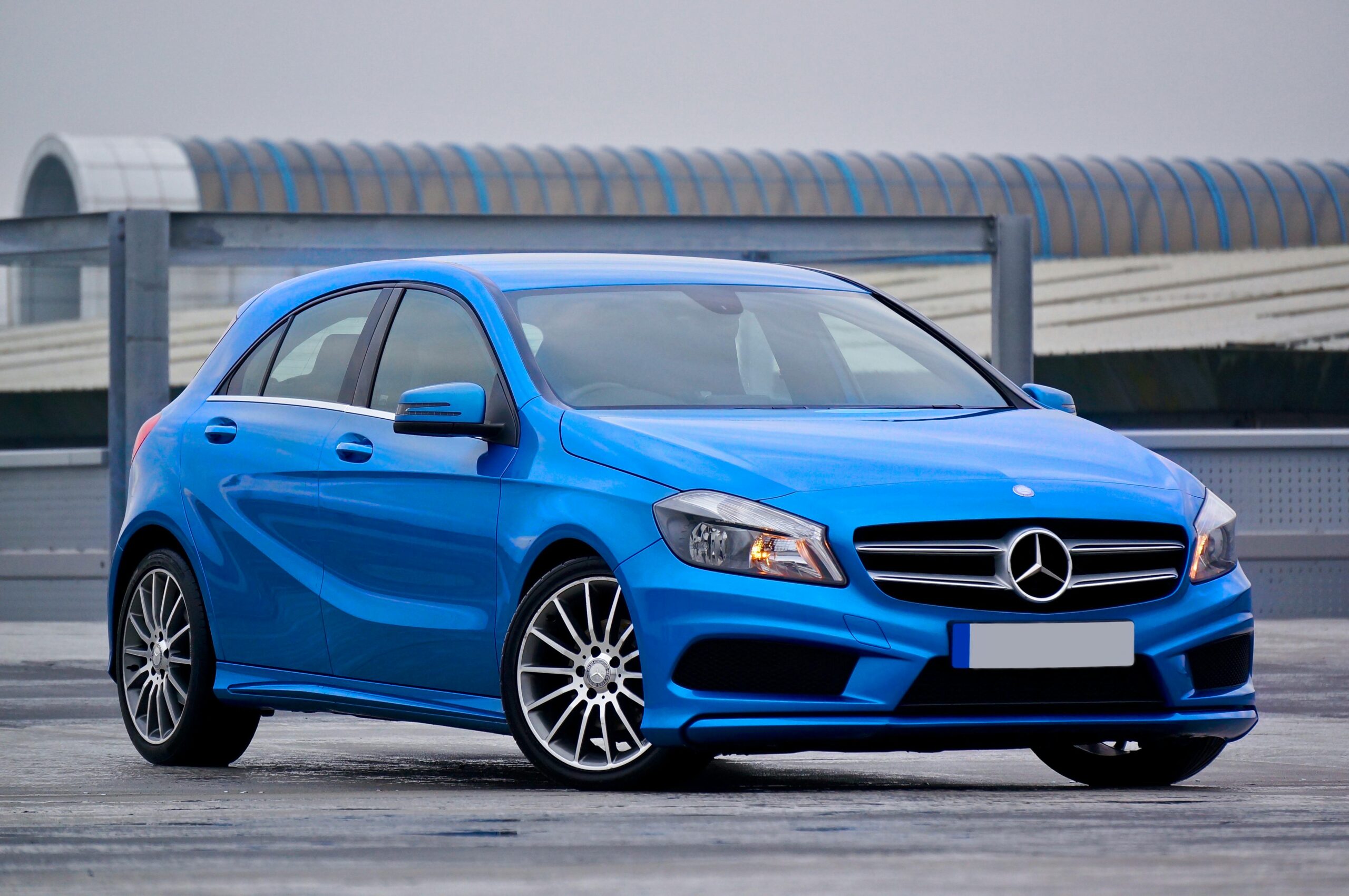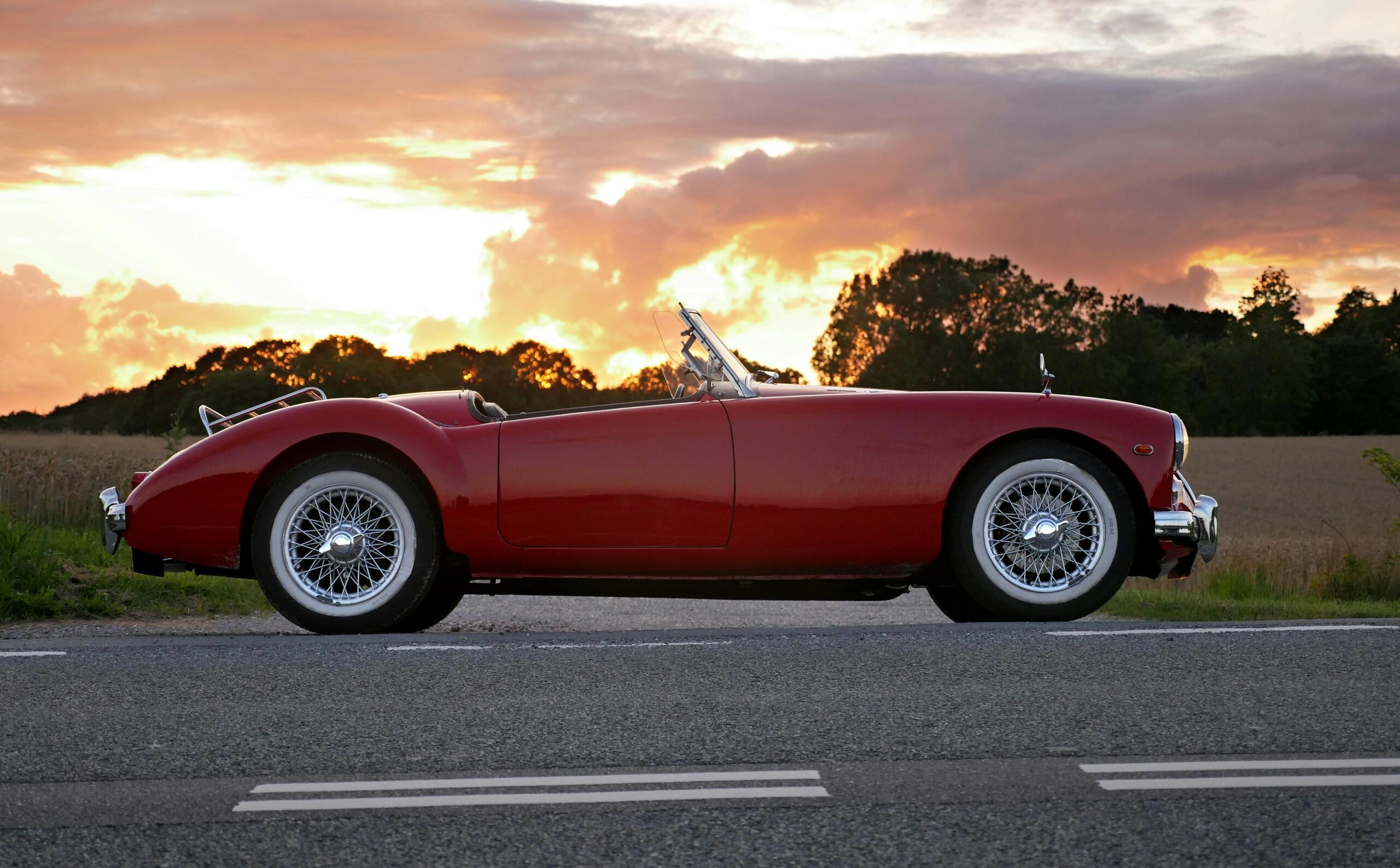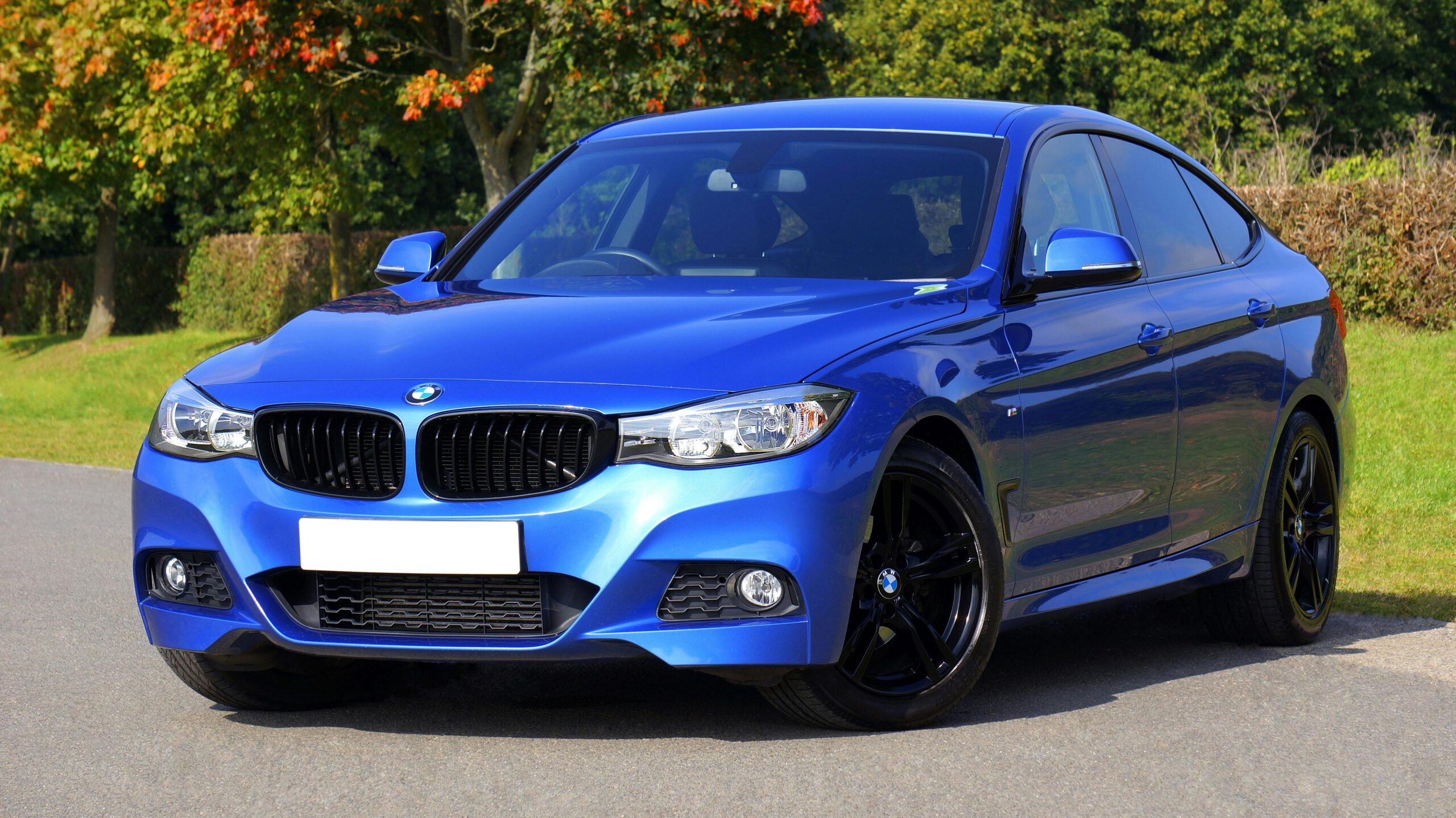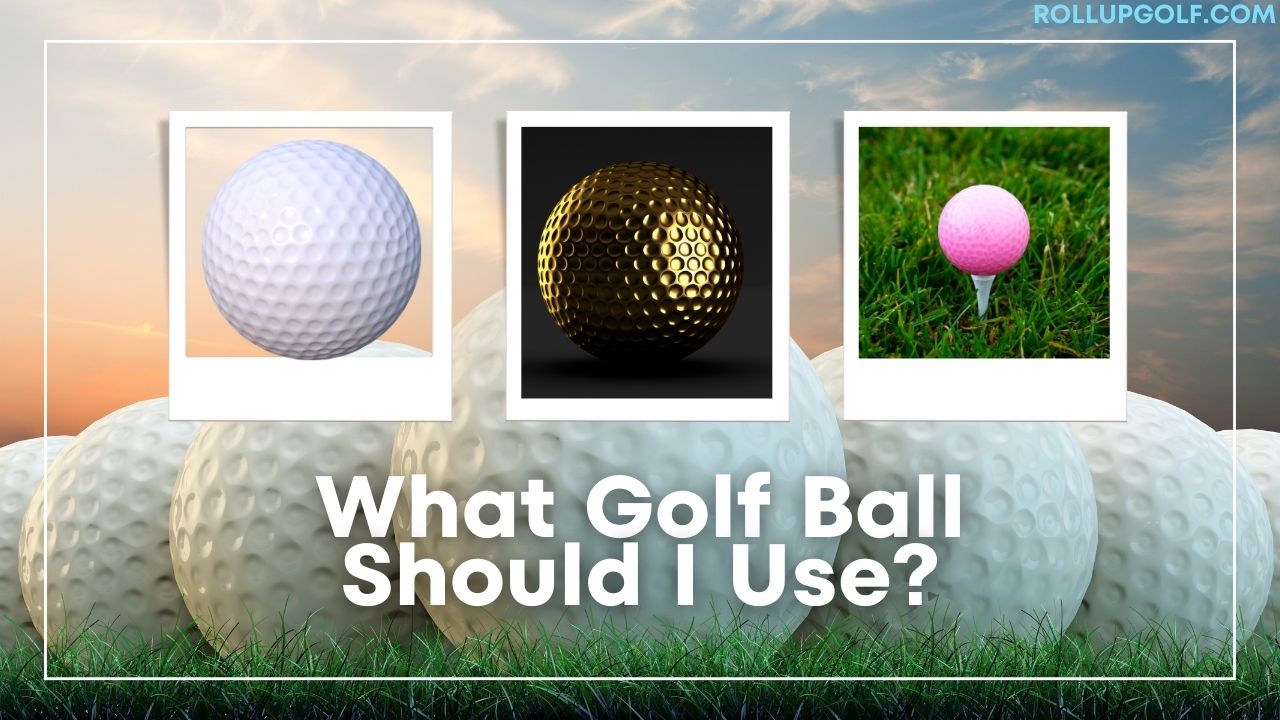
Golf is a game of precision and skill, and every aspect of your equipment can affect your performance. Among the essential pieces of equipment is the golf ball itself. The type of golf ball you use can significantly impact your game, affecting distance, spin, and feel. In this article,
we’ll explore:
- What Golf Ball Should I Use?
- what golf ball should I use for my swing speed?
- Popular Golf Ball Brands
Understanding Golf Balls
Golf balls are not just small, round objects; they are sophisticated pieces of equipment meticulously designed to enhance performance on the course. Understanding the intricacies of golf ball construction can provide valuable insights into how they affect your game.
Types of Golf Balls
- Two-Piece Golf Balls:
- These are the most common types of golf balls and are ideal for beginners and high handicap players.
- They consist of a solid rubber core and a durable cover, offering maximum distance and durability.
- Two-piece balls typically have lower spin rates, making them more forgiving on off-center shots.
- Three-Piece Golf Balls:
- Three-piece golf balls feature a solid core, an outer layer called the mantle, and a soft cover.
- They are designed to offer a balance of distance, control, and feel.
- These balls are preferred by mid-handicap players who seek a combination of distance and spin control.
- Four-Piece Golf Balls:
- Four-piece golf balls are the most advanced and typically used by low-handicap and professional players.
- They feature an additional layer between the core and mantle, known as the dual-core or inner mantle.
- Four-piece balls provide exceptional control, spin, and feel, allowing skilled players to shape shots and control trajectory.
Construction of Golf Balls
- Core:
- The core is the central component of the golf ball and influences its compression and energy transfer.
- Cores can vary in size, compression, and material, affecting the ball’s feel and performance.
- High-compression cores are firmer and suitable for players with faster swing speeds, while low-compression cores offer more forgiveness and distance for slower swing speeds.
- Mantle:
- The mantle surrounds the core and serves as a transitional layer between the core and cover.
- It contributes to the ball’s spin rate and trajectory control, especially on approach shots and around the greens.
- Mantle materials and thickness vary among different ball models, influencing spin characteristics.
- Cover:
- The cover is the outermost layer of the golf ball and directly impacts its feel, durability, and spin.
- Covers are typically made from urethane or Surlyn materials, each offering unique properties.
- Urethane covers provide a soft feel, high spin rates, and better control, making them popular among skilled players.
- Surlyn covers are more durable and offer lower spin rates, ideal for distance-oriented golfers and beginners.
Read also: What Color Golf Ball is Easiest to See?
Factors to Consider When Choosing a Golf Ball
Choosing the right golf ball can significantly impact your performance on the course. Various factors should be taken into account to ensure you select a ball that suits your individual needs and playing style.
Skill Level:
-
-
-
- One of the most critical factors to consider when choosing a golf ball is your skill level.
- Beginners may prioritize forgiveness and distance, while more experienced players may focus on control and feel.
- Selecting a ball that matches your skill level can help optimize your performance and enjoyment of the game.
-
Swing Speed:
- Your swing speed plays a crucial role in determining the type of golf ball that will best suit your game.
- Higher swing speeds typically benefit from low-compression balls, which compress less and offer more distance.
- Slower swing speeds may require higher compression balls to achieve optimal performance and control.
-
Spin:
- Spin is another essential factor to consider when choosing a golf ball.
- Some balls are designed for high spin rates, which can help skilled players shape shots and control trajectory.
- Lower-spin balls offer more forgiveness and straighter shots, making them ideal for players seeking consistency and distance.
-
Compression:
- The compression rating of a golf ball refers to how much the ball compresses upon impact.
- Higher compression balls are typically firmer and provide more control and feel for players with faster swing speeds.
- Lower compression balls are softer and compress more easily, offering more forgiveness and distance for slower swing speeds.
-
Budget:
- Golf balls come at various price points, and budget is an important consideration for many players.
- While high-end balls may offer advanced features and performance benefits, there are plenty of affordable options available that can still deliver satisfactory results.
- Balancing performance with budget constraints ensures you get the most value out of your golf ball purchase.
-
-
Read also: Are Golf Balls Hollow?
What Golf Ball Should I Use?
Choosing the right golf ball can make a big difference in your game. There are many factors to consider, such as your swing speed, skill level, and what you prioritize in a golf ball (distance, control, spin, feel, etc.).
Here’s a general guide to help you get started:
-
Swing Speed:
- Low Swing Speed (Less than 85 mph):
If you have a slower swing speed, you’ll benefit from a softer, low-compression golf ball. These balls are designed to launch higher and travel farther with less spin. Two-piece distance balls are a good option for beginners or high-handicap golfers.
- Low Swing Speed (Less than 85 mph):
-
Medium Swing Speed (85-104 mph): For moderate swing speeds, a mid-compression golf ball is a good choice. These balls offer a balance of distance and control.
-
High Swing Speed (Over 104 mph): If you have a high swing speed, you’ll need a high-compression golf ball. These balls are designed to provide more control and spin, which can help you hit longer, straighter shots.

-
Skill Level:
- Beginner: If you’re just starting, don’t worry too much about the specific type of golf ball you use. Two-piece distance balls are a great option for beginners because they are relatively inexpensive and forgiving on mishits.
- Intermediate: As you start to improve your game, you can start to experiment with different types of golf balls to find one that best suits your swing and preferences.
- Advanced: Advanced golfers will want to consider a high-performance golf ball that offers the most distance, control, and spin.
-
Priorities:
- Distance: If distance is your top priority, you’ll want a low-compression golf ball that is designed for maximum distance.
- Control: If you need more control over your shots, you’ll want a high-compression golf ball that provides more spin.
- Spin: Spin is important for controlling your shots around the green. If you need more spin on your wedges and short irons, you’ll want a high-compression golf ball with a soft cover.
- Feel: Some golfers prefer a softer feel on their shots, while others prefer a firmer feel. This is a personal preference, so you’ll need to experiment with different types of golf balls to find one that you like.
Here are some additional tips for choosing a golf ball:
- Get fitted for a golf ball: This is the best way to find the right ball for your game. A golf professional can help you determine your swing speed and recommend a ball that is a good fit for you.
- Don’t be afraid to experiment: There are many different types of golf balls on the market, so don’t be afraid to try out a few different ones to see what you like best.
- Consider your budget: Golf balls can range in price from a few dollars per dozen to over $50 per dozen. There is no need to spend a lot of money on golf balls if you are just starting.
By following these tips, you can choose a golf ball that will help you improve your game.
Read also: What to Wear to a Golf Tournament?
what golf ball should I use for my swing speed?
To pick the perfect golf ball for your swing speed, we need to consider two main factors:
- Swing Speed: This impacts how much the ball compresses at impact.
- Your Priorities: Do you value distance, control, spin, or feel the most?
Here’s a breakdown to help you choose:
Swing Speed
-
Low Swing Speed (Under 85 mph):
- Use a low-compression golf ball.
- These balls compress more easily, generating more distance, and launch with less spin for straighter shots.
- Two-piece distance balls are a good option here.
-
Medium Swing Speed (85-104 mph):
- A mid-compression golf ball is ideal.
- It offers a nice balance between distance and control.
-
High Swing Speed (Over 104 mph):
- You’ll need a high-compression golf ball.
- These balls handle the higher impact forces, providing more control and spin for longer, straighter shots.
Priorities
- Distance: If distance is king, stick with the low-compression ball recommendation for your swing speed.
- Control: For more control, consider a ball one step higher in compression than what your swing speed suggests.
- Spin: High-compression balls with soft covers generally generate more spin, crucial for better short-game control.
- Feel: This is a personal preference. Experiment with different balls to find the feel you like (soft or firm).
Additional Tips:
- Get Fitted: Ideally, get fitted for a ball by a golf professional. They can assess your swing speed and recommend the best option for your needs.
- Experiment: Try out a few different balls within the recommended compression range to see what works best for you.
- Budget: Prices vary greatly. There are good options for beginners without breaking the bank.
Remember, choosing the right ball can significantly impact your game. By considering these factors, you’ll be on your way to finding the perfect match for your swing and preferences.
Importance of Testing Golf Balls
testing golf balls before committing to a specific brand or model is crucial for optimizing performance and enhancing your overall experience on the course. Here’s why testing golf balls is essential:
- Performance Evaluation:
- Testing golf balls allows you to evaluate their performance in real-world conditions.
- By observing factors such as distance, accuracy, spin, and feel, you can determine which ball best suits your playing style and preferences.
- Personalization:
- Every golfer is unique, with different swing speeds, shot shapes, and preferences.
- Testing various golf balls enables you to personalize your equipment, selecting the ball that complements your strengths and addresses your weaknesses.
- Confidence Building:
- Using a golf ball that inspires confidence can have a significant impact on your performance.
- Testing different balls allows you to find one that feels comfortable and reliable, boosting your confidence on every shot.
- Optimal Distance and Control:
- Golf balls vary in their characteristics, such as compression, cover material, and simple design, all of which can affect distance and control.
- Testing allows you to identify the ball that provides the optimal combination of distance off the tee and control around the greens.
- Course Conditions:
- Course conditions can vary from day to day, affecting how a golf ball performs.
- By testing different balls in various conditions, such as wind, temperature, and course firmness, you can select a ball that performs consistently under different circumstances.
- Cost Efficiency:
- Testing golf balls before making a purchase can prevent wasted spending on balls that don’t suit your game.
- By investing time in testing, you can make informed decisions and ensure that you get the most value out of your golf ball purchase.
Popular Golf Ball Brands
- Titleist:
- Known for quality and performance across all skill levels.
- Callaway:
- Offers a wide range of balls catering to various player preferences.
- TaylorMade:
- Innovative designs focusing on distance and feel.
- Bridgestone:
- Renowned for its tour-level performance and customization options.
Conclusion
Choosing the right golf ball is crucial for optimizing your performance on the course. Consider factors such as your skill level, swing speed, and desired characteristics when selecting a ball. Experiment with different types and brands to find the perfect fit for your game.
FAQs
- How do I know which golf ball is right for me?
- Consider factors such as your skill level, swing speed, and desired performance characteristics.
- Do expensive golf balls perform better?
- Not necessarily. Expensive balls may offer advanced features, but the best ball for you depends on your individual preferences and playing style.
- Can I use different types of golf balls in the same round?
- Yes, you can use different balls during a round of golf, but it’s generally advisable to stick with one type for consistency.
- How often should I replace my golf balls?
- Golf balls can wear out over time, especially if they get scuffed or damaged. Replace them as needed to maintain optimal performance.


